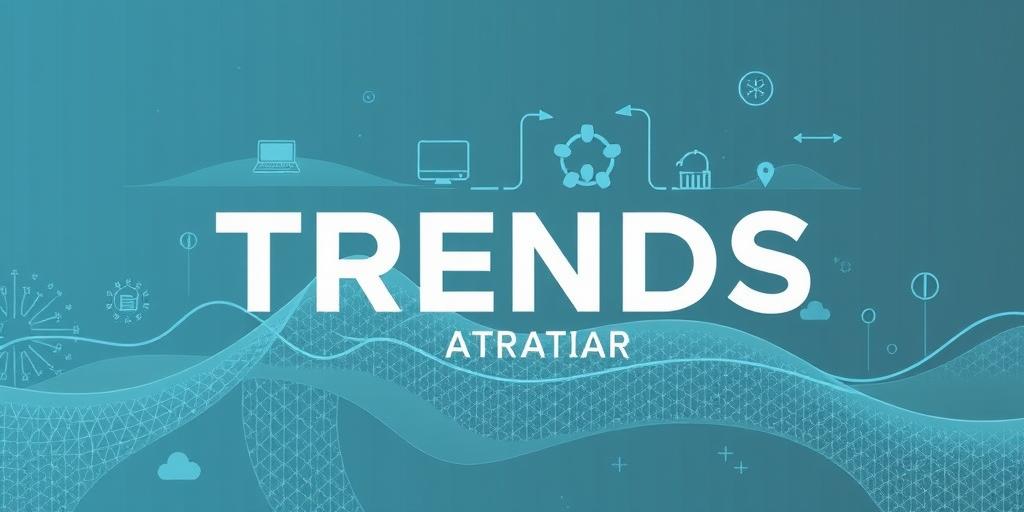Adapting to Changing Consumer Behavior
Consumer behavior is constantly evolving, influenced by a multitude of factors including technological advancements, economic shifts, social trends, and global events. Businesses must stay agile and informed to effectively meet the needs and expectations of their target audience. This post will explore key aspects of adapting to these changes.
Understanding the Drivers of Change
Several factors contribute to shifts in consumer behavior:
- Technological Advancements: E-commerce, mobile shopping, and social media have revolutionized how consumers discover, evaluate, and purchase products and services. The rise of AI and personalized experiences further shapes consumer expectations.
- Economic Shifts: Economic conditions, such as recessions or periods of growth, directly impact consumer spending habits. Factors like inflation, interest rates, and employment rates influence purchasing decisions.
- Social Trends: Changing social values, cultural norms, and lifestyle preferences drive shifts in demand. Sustainability, ethical consumption, and health and wellness are increasingly important considerations for consumers.
- Global Events: Pandemics, political instability, and environmental disasters can have profound effects on consumer behavior, leading to changes in priorities, purchasing patterns, and brand loyalty.
Strategies for Adapting
To effectively adapt to these changes, businesses should:
- Monitor Consumer Trends: Regularly analyze market research reports, social media trends, and industry publications to identify emerging patterns and shifts in consumer preferences. Tools like Google Trends, social listening platforms, and customer feedback surveys can provide valuable insights.
- Embrace Digital Transformation: Invest in digital technologies to enhance the customer experience across all touchpoints. This includes optimizing websites for mobile devices, developing user-friendly e-commerce platforms, and leveraging data analytics to personalize marketing efforts.
- Prioritize Customer Experience: Focus on creating seamless, convenient, and engaging customer experiences. This involves understanding customer needs, providing excellent customer service, and soliciting feedback to continuously improve the overall experience.
- Offer Personalized Solutions: Leverage data and technology to offer personalized products, services, and marketing messages. Tailor recommendations, promotions, and content to individual customer preferences and behaviors.
- Build Brand Trust and Loyalty: Communicate transparently, act ethically, and demonstrate a commitment to social responsibility. Engage with customers on social media, respond to inquiries promptly, and address concerns effectively.
- Foster Innovation and Agility: Encourage a culture of innovation within the organization. Be willing to experiment with new products, services, and business models to meet evolving consumer needs. Embrace agile methodologies to quickly adapt to changing market conditions.
Examples of Successful Adaptation
Several companies have successfully adapted to changing consumer behavior:
- Netflix: Transitioned from a DVD rental service to a leading streaming platform, capitalizing on the shift towards digital content consumption.
- Amazon: Expanded beyond e-commerce to offer cloud computing, digital advertising, and streaming services, diversifying its revenue streams and meeting evolving customer needs.
- Nike: Embraced personalized experiences through its Nike App, allowing customers to customize products, access exclusive content, and track their fitness activities.
Conclusion
Adapting to changing consumer behavior is essential for long-term business success. By understanding the drivers of change, implementing effective strategies, and fostering a culture of innovation, businesses can effectively meet the needs and expectations of their target audience and thrive in a dynamic marketplace. Continuous monitoring, analysis, and adaptation are key to staying ahead of the curve.









